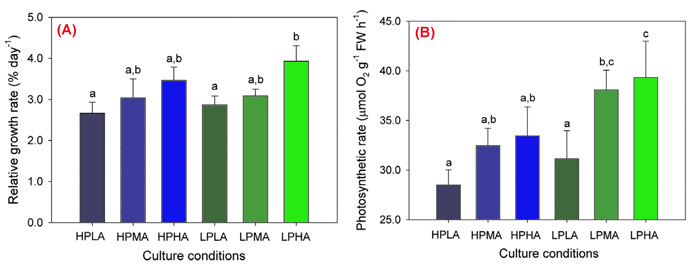| Tweet | Follow @co2science |
Paper Reviewed
Kang, J.W. and Chung, I.K. 2018. The interactive effects of elevated CO2 and ammonium enrichment on the physiological performance of Saccharina japonica (Laminariales, Phaeophyta). Ocean Science Journal 53: 487-497.
In the words of Kang and Chung (2018), marine macroalgae "play very important roles in protecting the diversity of marine organisms, buffering against ocean acidification, serving as potential CO2 sinks for anthropogenic CO2, and mitigating eutrophication." The large kelp Saccharina japonica is one such macroalgae species. Distributed throughout temperate ocean regions it is utilized for bioremediation and as a resource for food and pharmaceutical drugs.
Several studies have examined the physiological responses of Saccharin sp. under different environmental culture conditions, including variations in temperature, nutrients, light intensity and seawater pH. However, according to Kang and Chang, a study examining the interactive effects of ocean acidification and eutrophication has not yet been conducted (eutrophication is caused by excess nutrient concentrations that can cause dangerous algal blooms that reduce oxygen concentrations and kill marine life). And so it was their aim to complete such an analysis.
In doing so, the two Korean researchers collected S. japonica samples from a cultivation farm in Jindo, South Korea, which they transported to a laboratory where they subjected the samples to a full-factorial treatment design of two pH levels (ambient = 8.10; reduced = 7.50) and three ammonium concentrations (low = 4 µM; medium = 60 µM; high = 120 µM NH4+) over a period of two weeks.
Among their several reported findings, the authors observed that increased photosynthetic activity at low pH helped to increase the pH of the culture media. They also found that plant relative growth rates increased as both ammonium levels and pCO2 increased (see figure below), though there was no interactive effect between the two variables. In addition, elevated ammonium and elevated pCO2 each raised rates of photosynthetic oxygen evolution, albeit once again independently, with no interactive effects. Lastly, ammonium uptake rates increased with both increasing pCO2 and NH4+ concentration, and there was an interactive effect between the two variables on this parameter.
In light of the above, Kang and Chung conclude that "the biomass accumulation of S. japonica may well increase under future scenarios of ocean acidification and eutrophication," adding that "cultivation of S. japonica might provide a useful method for mitigating the effects of ocean acidification and eutrophication in coastal areas."

Figure 1. Relative growth rates (panel a) and rates of photosynthetic oxygen evolution (panel b) at different pCO2 and NH4+ levels. The first two letters of the culture conditions, HP or LP, correspond to pH levels of 8.10 and 7.50, respectively. The second two letters, LA, MA and HA, correspond to ammonium concentrations of 4, 60 or 120 µM. Significant differences among treatments are indicated by different letters (p < 0.05).




